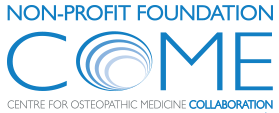Osteopathy in Germany: attitudes, beliefs and handling among general practitioners – results of a nationwide cross-sectional questionnaire survey
| By Patrick van Dun | 0 Comments
Osteopathy is a type of complementary medicine based on specific manual techniques. In many countries, including Germany, the profession is not officially regulated, and evidence for the effectiveness of osteopathy is insufficient for most diseases. Nevertheless, many health insurances in Germany offer reimbursement for therapy costs, if osteopathy is recommended by a physician. This cross-sectional survey […]
Continue reading...






